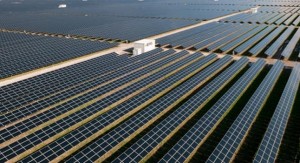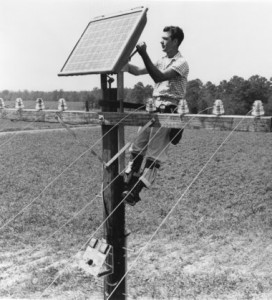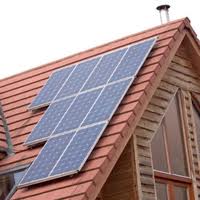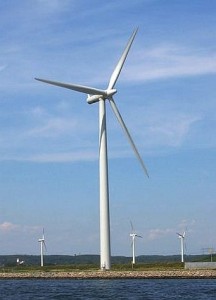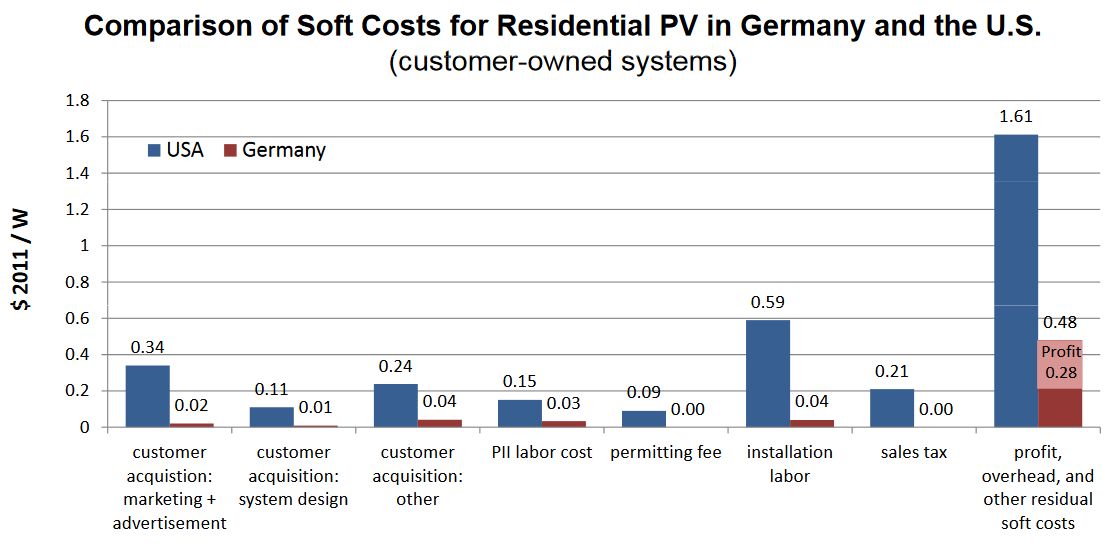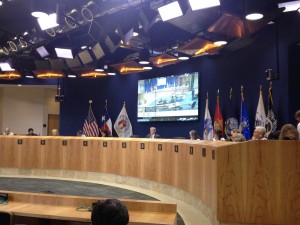 The Austin City Council voted today to approve an additional 100 to 150 megawatts of solar energy projects for Austin Energy for 2016 and directed Austin Energy to bring another 150 megawatts online by 2019. Together with the projects approved on October 1, Council has given the go-ahead for between 400 and 450 megawatts of new solar energy to be completed by the end of 2016.
The Austin City Council voted today to approve an additional 100 to 150 megawatts of solar energy projects for Austin Energy for 2016 and directed Austin Energy to bring another 150 megawatts online by 2019. Together with the projects approved on October 1, Council has given the go-ahead for between 400 and 450 megawatts of new solar energy to be completed by the end of 2016.
At prices reported around 3.8 cents per kilowatt-hour, these solar energy projects are some of the cheapest ever reported. The prices will be fixed for contract periods of between 15 and 25 years.
This is a huge win for Austin Energy customers and the environment. It comes thanks to the dedicated efforts of many Austin residents and collaboration with our partners at the SEED Coalition, Climate Buddies, Texas Drought Project, Clean Water Action, the Faith Energy Action Team and many others. We no longer have to choose between clean energy and saving money. The Council has made a decision that will keep bills low for years to come.
“When Warren Buffett received record-low solar prices, he proclaimed the victory to the world. Austin Energy received bid that are just as competitive, making this a golden opportunity,” said Karen Hadden of the SEED Coalition. “Mayor Adler and the City Council have taken a financially sound path.”
Austin Energy’s solar purchases also represent a significant step toward achieving the climate protection goals adopted by the City Council, which include achieving net-zero greenhouse gas emissions from the entire Austin community by no later than 2050 and eliminating all carbon dioxide emissions from Austin Energy controlled sources by 2030.
“Our best scientists are sounding dire warnings about the imminent possibility that climate change will accelerate in the next few years. We need to do everything possible to head of the possibility of runaway climate change,” said Jere Lock of the Texas Drought Project. “Action taken by City Council today are a step in the right direction.”
“400 megawatts of solar will reduce carbon dioxide emissions by an estimated 620,000 metric tons, which is over 11% of all emissions from Austin Energy. That is significant,” ” said Joep Meijer of Climate Buddies. “Solar will also allow Austin Energy to use its expensive gas plants less, saving customers money and reduce local air pollution.”
Although it runs less than 5% of the time, Austin Energy’s natural gas-fired Decker Creek Power Station is a significant source of location air pollution in Austin and is located right next to neighborhoods and schools in East Austin. Because it is so old and inefficient, that plant is only turned on when high demand for electricity drives up prices. The solar farms approved by the City Council will produce large amounts of energy when electricity demand is high on hot afternoons, so this offers Austin Energy an opportunity to retire the Decker plant. In addition to being a major source of air pollution, the plant loses money most years, according to Austin Energy’s own data.
The increased use of solar energy will also protect and preserve Texas’s limited water resources.
“Austin’s decision to go big on solar is great news for our state’s water resources. Unlike solar, gas and coal plants require massive amounts of water to operate,” said David Foster of Clean Water Action. The extraction of natural gas through fracking has been proven to contaminate groundwater, and coal plants create millions of pounds of toxic coal ash each year, much of which finds its way into our water.”
The Austin City Council have made a great decision that brings Austin Energy closer to meeting the goal of eliminating all greenhouse gas emissions from its power plants by 2030. This process took eight months to complete and required two different Council resolutions before proposals were voted on in October. Both of those resolutions were sponsored by Council Member Delia Garza and co-sponsored by Mayor Pro Tem Kathie Tovo and Council Members Leslie Pool, Greg Casar and Ann Kitchen. The solar contracts approved today were also supported by Mayor Steve Adler and Council Members Sheri Gallo and Ora Houston. Please send the Austin City Council members who voted “yes” an email to thank them for embracing solar energy.


